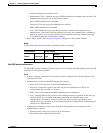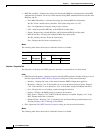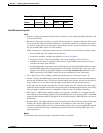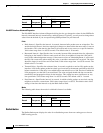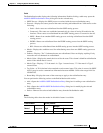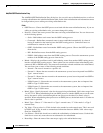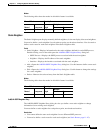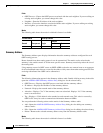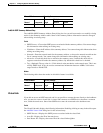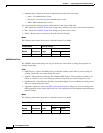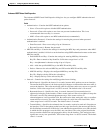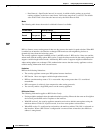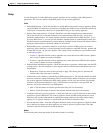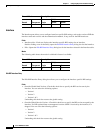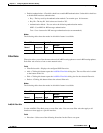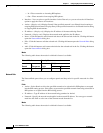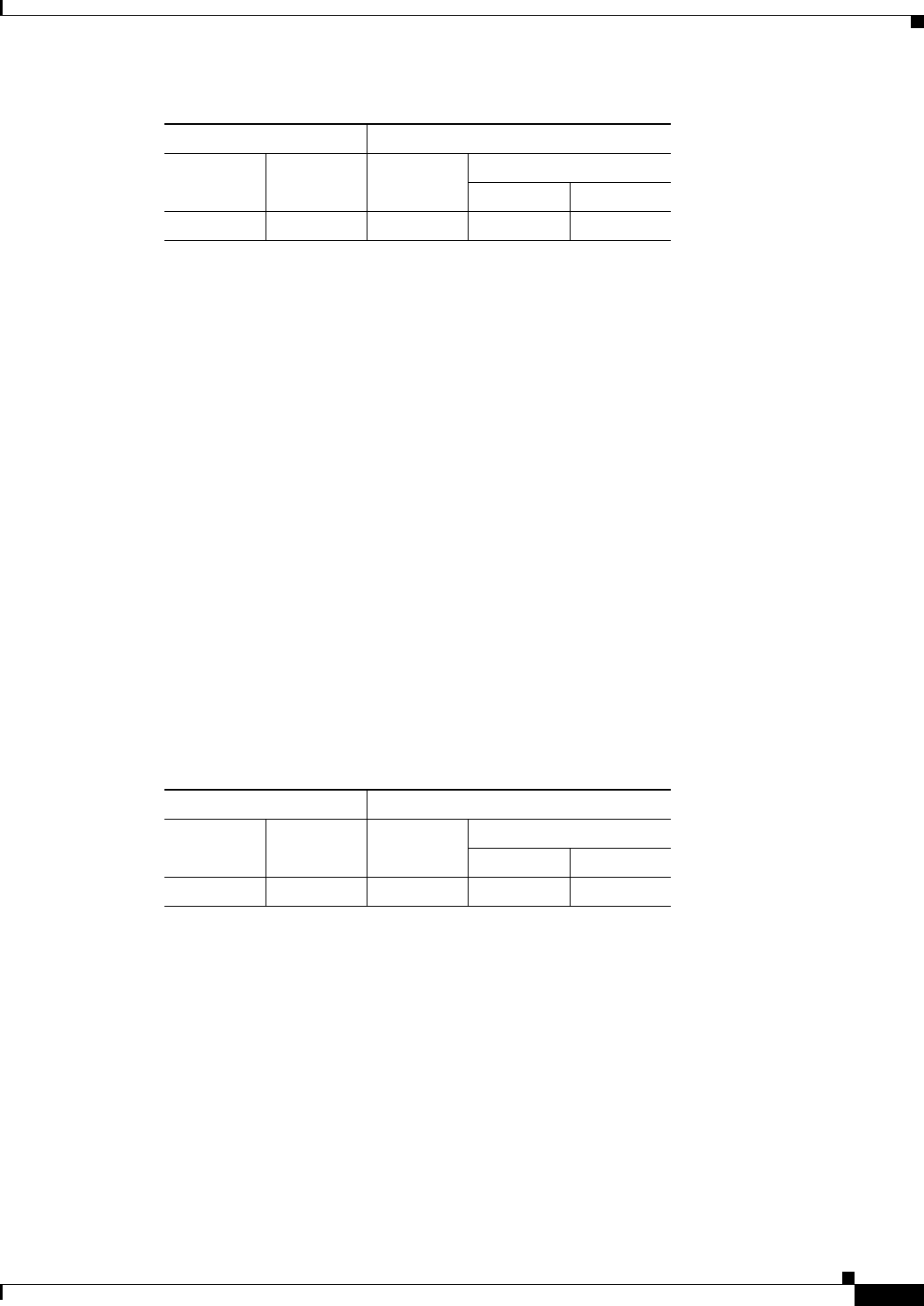
11-19
Cisco ASDM User Guide
OL-16647-01
Chapter 11 Configuring Dynamic And Static Routing
Dynamic Routing
Add/Edit OSPF Summary Address Entry
The Add/Edit OSPF Summary Address Entry dialog box lets you add new entries to or modify existing
entries in the Summary Address table. Some of the summary address information cannot be changed
when editing an existing entry.
Fields
• OSPF Process—Choose the OSPF process associated with the summary address. You cannot change
this information when editing an existing entry.
• IP Address—Enter the IP address of the summary address. You cannot change this information when
editing an existing entry.
• Netmask—Enter the network mask for the summary address, or choose the network mask from the
list of common masks. You cannot change this information when editing an existing entry.
• Advertise—Check this check box to advertise the summary route. Uncheck this check box to
suppress routes that fall under the summary address. By default this check box is checked.
• Tag—(Optional) The tag value is a 32-bit decimal value attached to each external route. This is not
used by OSPF itself. It may be used to communicate information between ASBRs. Valid values
range from 0 to 4294967295.
Modes
The following table shows the modes in which this feature is available:
Virtual Link
If you add an area to an OSPF network, and it is not possible to connect the area directly to the backbone
area, you need to create a virtual link. A virtual link connects two OSPF devices that have a common
area, called the transit area. One of the OSPF devices must be connected to the backbone area.
Fields
The Virtual Link table displays the following information. Doubling-clicking an entry in the table opens
the Add/Edit Virtual Link dialog box for the selected entry.
• OSPF Process—Displays the OSPF process associated with the virtual link.
• Area ID—Displays the ID of the transit area.
• Peer Router ID—Displays the router ID of the virtual link neighbor.
Firewall Mode Security Context
Routed Transparent Single
Multiple
Context System
• — • ——
Firewall Mode Security Context
Routed Transparent Single
Multiple
Context System
• — • ——



